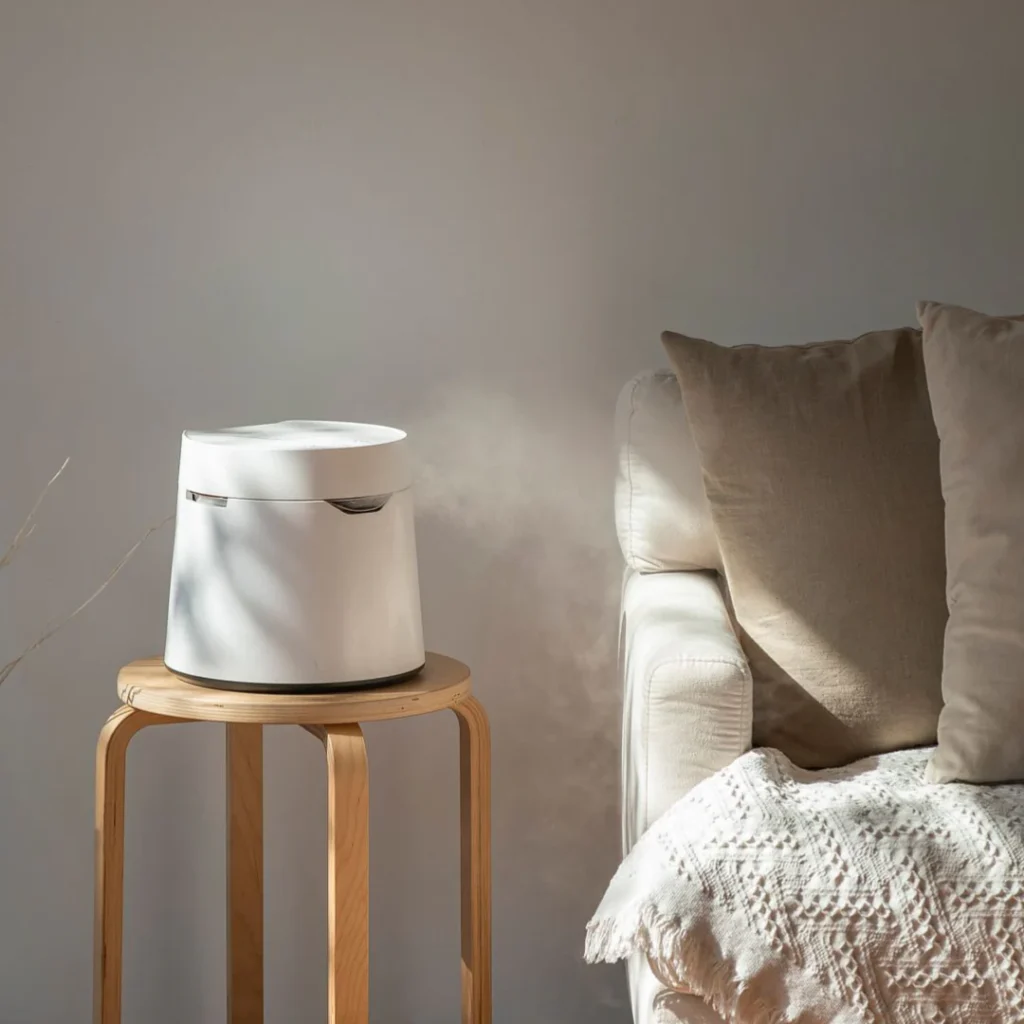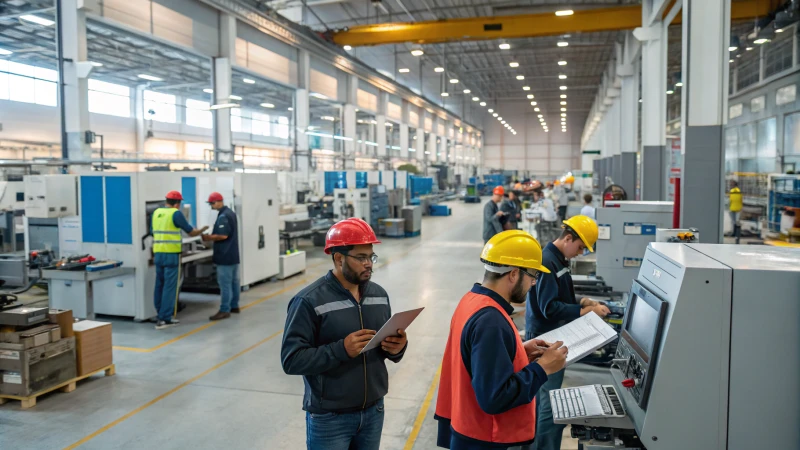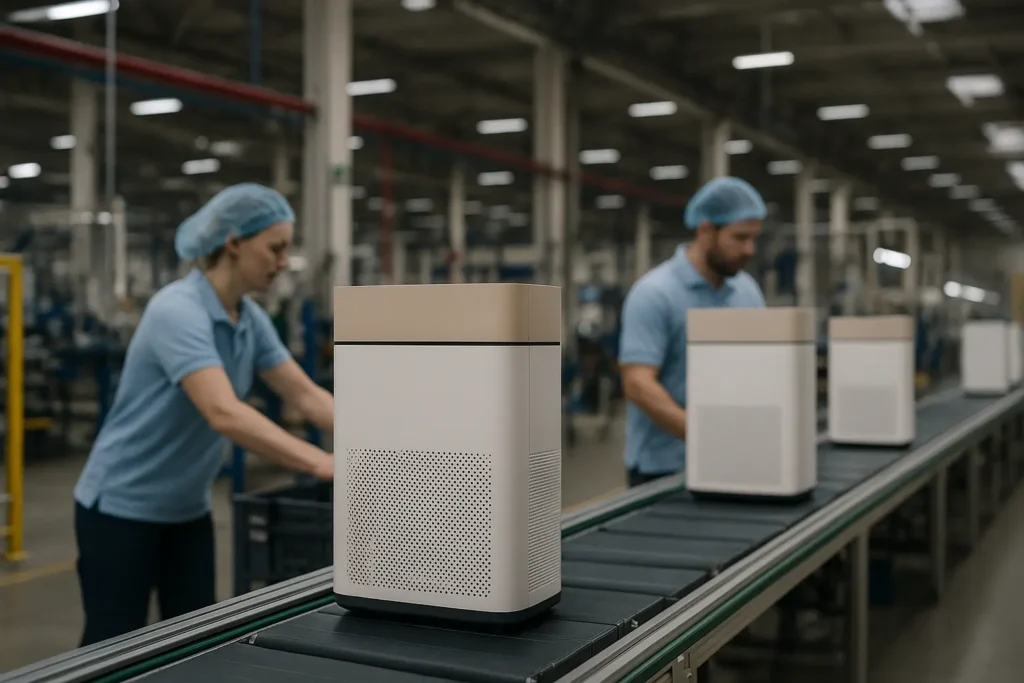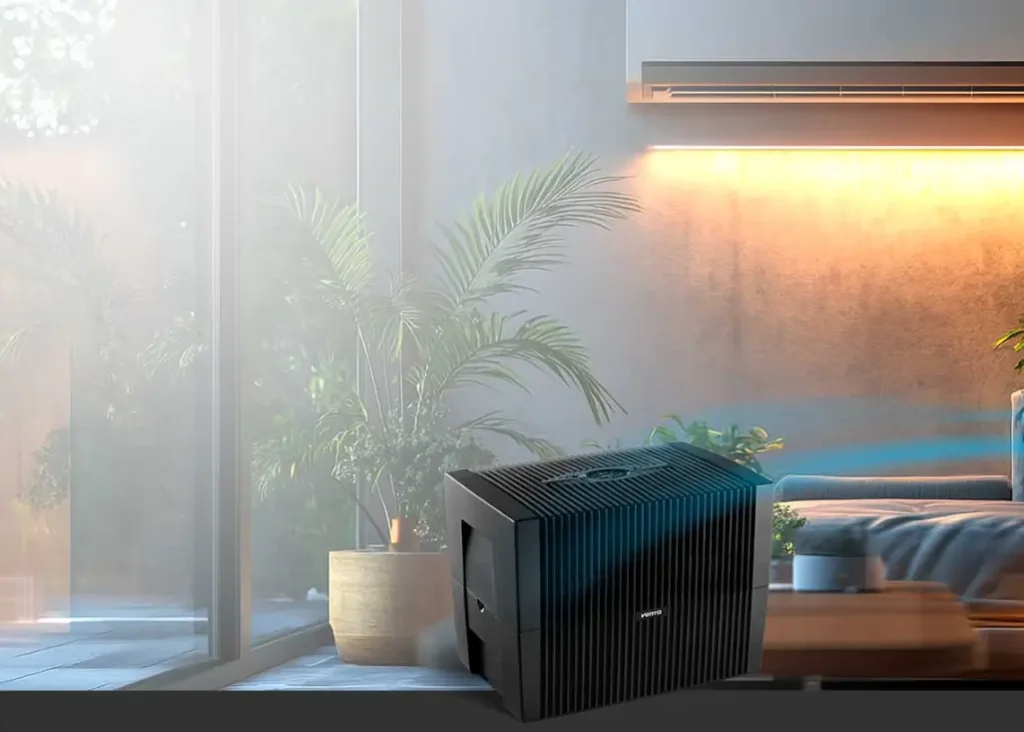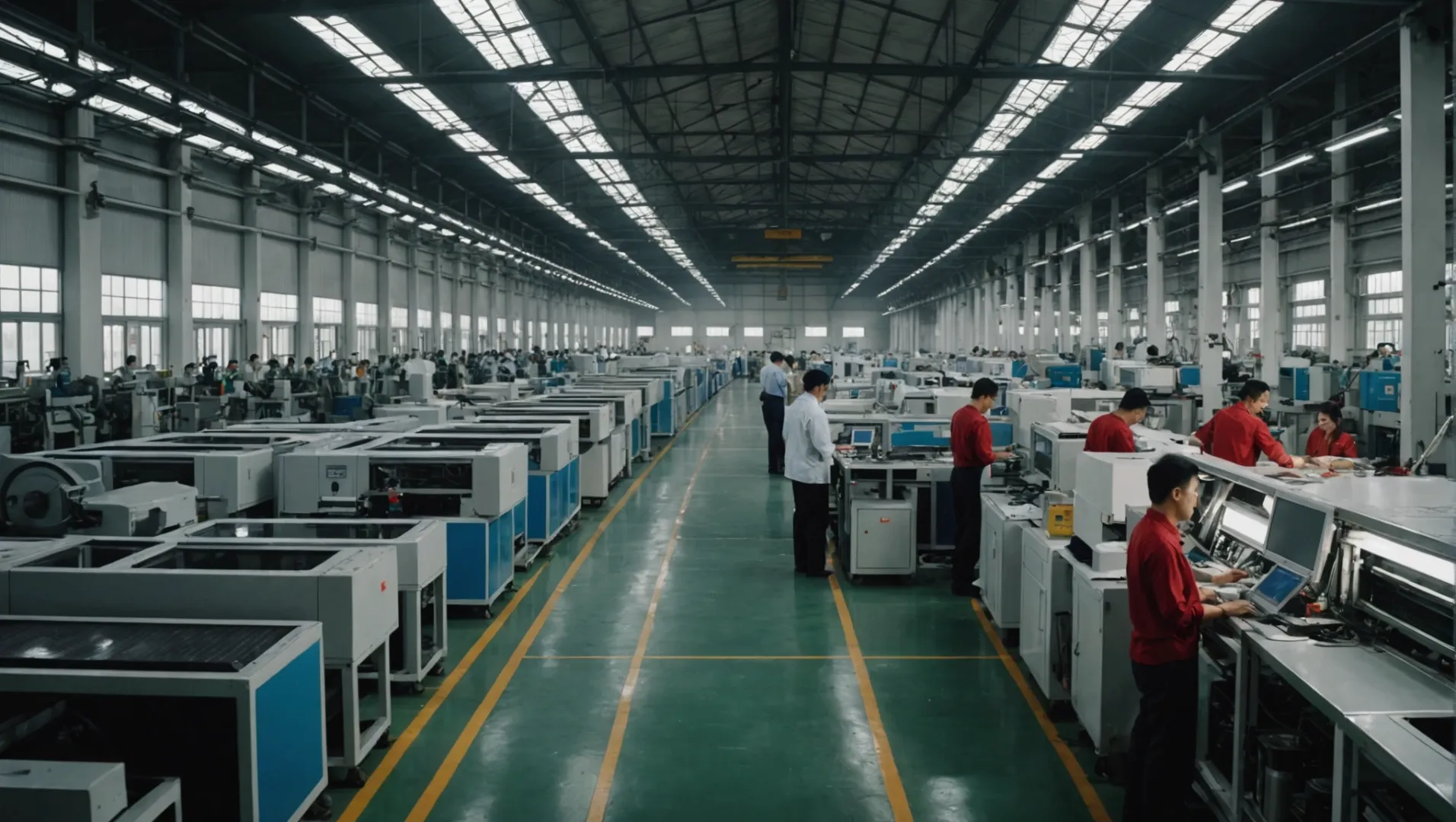
空気清浄機の原産地について考えたことがあるだろうか。新鮮な空気に対するニーズは非常に高まっており、生産地のトップクラスに対する好奇心が生まれている。
中国は、その確立されたサプライチェーンとコスト効率により、空気清浄機生産の主要ハブであり続けている。しかし、世界の貿易力学が変化する中、ベトナムが有力な選択肢として浮上しており、潜在的な利益をもたらしている。
中国は空気清浄機の製造において優れた技術と経験を提供してくれるが、特に最近の関税問題や世界政治の変化を考えると、ベトナムは興味深い選択である。賢明な結論を出すために、それぞれの国の製造の詳細をよく見てください。
空気清浄機の生産において、中国はベトナムよりも人件費が安い。偽
中国の人件費は経済発展により上昇、ベトナムは低水準にとどまる。
中国製造とベトナム製造のコスト差は?
ベトナムと比較して中国で商品を生産する際の費用要素を理解することは、生産計画を改善しようとする企業にとって非常に重要である。
中国の製造コストは、サプライチェーンが確立されているため一般的に低いが、関税によって費用が上昇する可能性がある。ベトナムでは、主に輸入材料に依存しているため初期コストが高いが、潜在的な関税の節約と将来のインフラ整備によって費用のバランスが取れる可能性がある。
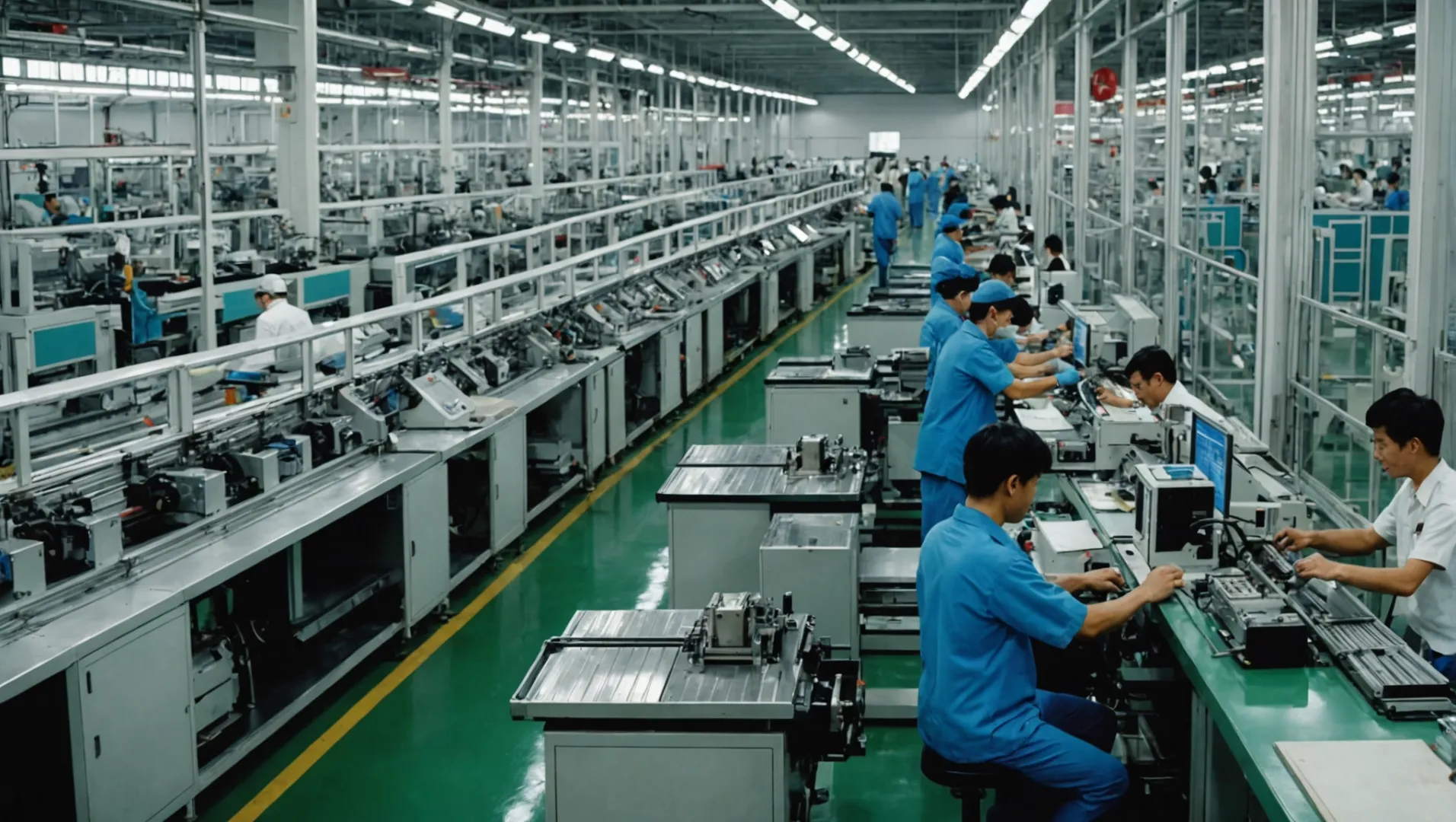
人件費の評価
中国とベトナムの製造経費を見る際に重要な要素のひとつが労働力である。中国では、経済成長と生活環境の改善により賃金が上昇している。それでも中国は、電子機器、繊維製品、空気清浄機などの分野で、スキルと多くの製造経験を持つ労働者を提供している。
対照的に、ベトナムは経済が成長しているため、賃金コストが低い。そのため、コストを節約したい企業にとっては魅力的だ。しかし、特に空気清浄機の製造のような特殊な分野では、経験の少ない労働者が多いという欠点がある。
サプライチェーンの効率化
中国の堅実さ 供給網1 は、原材料や部品へのアクセスが容易であるという重要な利点がある。このセットアップにより、待ち時間が短縮され、経費が削減される。
一方、ベトナムの供給網はまだ発展途上だ。多くの材料や部品が中国から輸入されているため、生産コストが高くなっている。しかし、ベトナムはインフラ整備に多額の資金を費やしており、将来的にはサプライチェーンが改善される可能性がある。
関税と貿易政策の影響
アメリカのような国による中国製品への関税は、多くの企業をベトナムのような選択肢に目を向けさせることになった。確立されたシステムにより、最初は中国での生産が安く見えるかもしれないが、これらの関税はコストを大幅に引き上げる可能性がある。
ベトナムはそのような関税を回避する方法を提供し、特定の市場に販売する企業の経費を削減する可能性がある。貿易ルールが変われば、ベトナムは生産拠点としてより魅力的な場所になるかもしれない。
長期的なコストの検討
一見すると ベトナム2 は、輸入原材料への依存やインフラの未整備のために割高に見えるかもしれない。しかし、工業地帯やサプライチェーンへの投資が増えれば、ベトナムのコスト優位性は時間の経過とともに大きく高まる可能性がある。
中国の強みは、その既存の効率性と専門知識にある。しかし、世界政治が変化するにつれ、企業は生産拠点をベトナムにも拡大することにメリットを見出すかもしれない。この「中国+1」のアプローチは、企業が一国に依存するリスクを減らそうとする中で、関心を集めている。
| コスト要因 | 中国 | ベトナム |
|---|---|---|
| 人件費 | 高いが熟練 | 下位だが経験が少ない |
| サプライチェーン | よく構成され、効果的 | 成長しつつあり、輸入に依存している |
| 関税の影響 | 貿易問題により高水準 | 関税逃れで低下 |
| インフラ | 上級 | より良くなる |
これらの点を考慮することで、企業は、短期的なコストと長期的な戦略的利益のバランスをとりながら、どこに工場を設置するかを賢く選択することができる。
ベトナムの人件費は中国より高い。偽
ベトナムは経済成長により人件費が削減されている。
中国のサプライチェーンはベトナムよりも効率的だ。真
中国は強力な供給システムを維持し、納期を短縮し、経費を削減している。
サプライチェーンのインフラは日米でどう違うのか?
空気清浄機の生産地を賢く選ぶには、サプライチェーンの仕組みを把握することが重要だ。
中国は、空気清浄機生産のための確立されたサプライチェーン・インフラを誇り、費用対効果と効率性を保証している。対照的に、ベトナムの新興サプライチェーンはまだ発展途上で、中国からの輸入に大きく依存しており、生産コストとロジスティクス全体に影響を与えている。
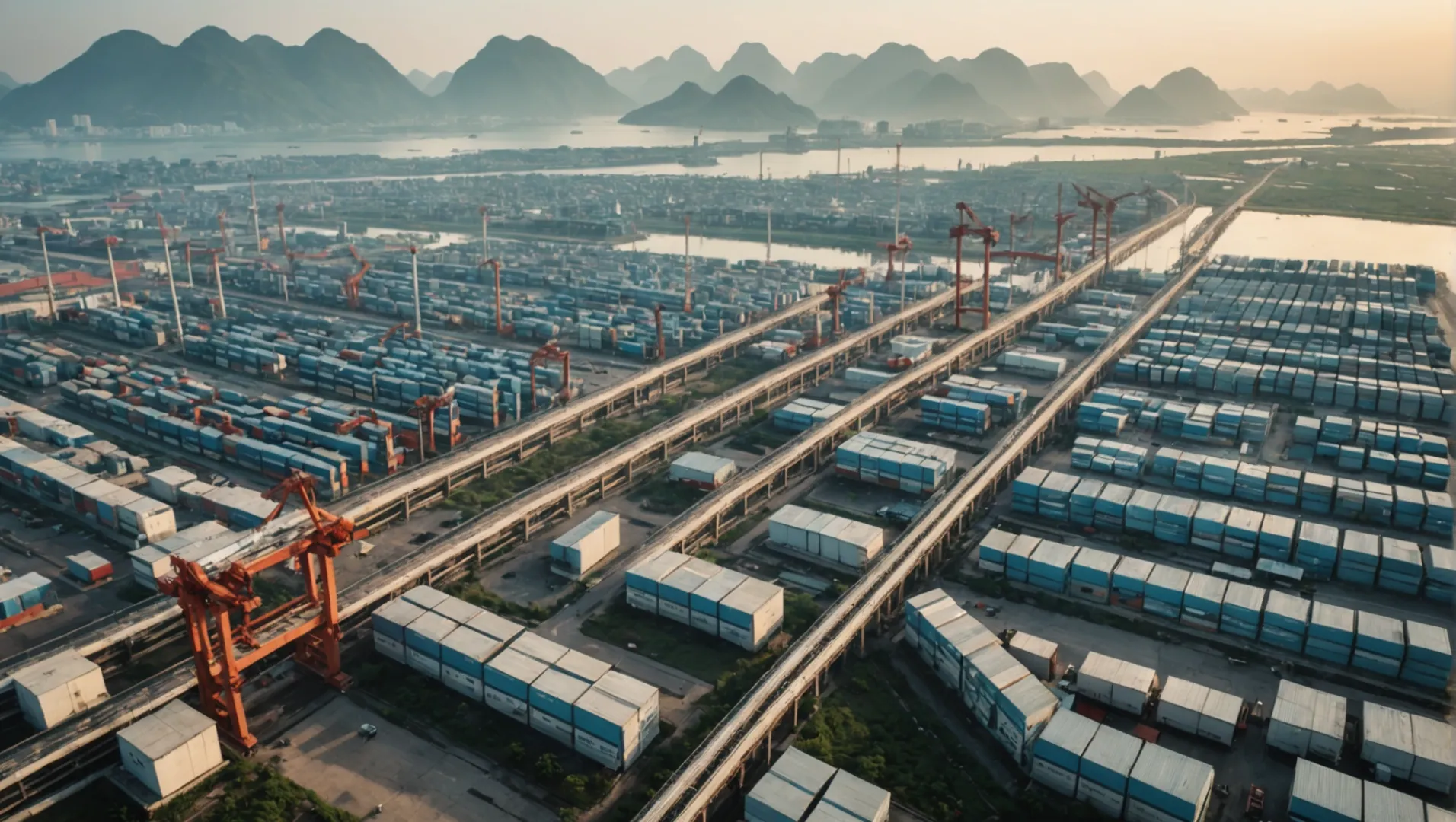
中国のサプライチェーン・インフラの概要
中国の空気清浄機生産システムは、幅広いサプライヤー・グループと工場ネットワークによって際立っている。この体制は、原材料の調達から最終的な部品の組み立てまで、生産のあらゆる段階をカバーしている。中国の工場は 主要サプライヤー3これにより、輸送費と待ち時間が削減される。
発展するベトナムのサプライチェーン
ベトナムは、中国と同様の空気清浄機の供給システムを構築し始めたばかりだ。現在、ほとんどの材料は中国から持ち込まれる必要があり、経費がかさみ、待ち時間も長くなっている。しかし、ベトナムの現地生産能力を高める努力もある。ベトナム政府は、外国からの投資を呼び込み、最終的には自給自足できるような強力な産業基盤を構築する計画を導入している。
比較分析:中国対ベトナム
表:サプライチェーン・インフラにおける主な違い
| アスペクト | 中国 | ベトナム |
|---|---|---|
| 供給ネットワーク | 広く、よくまとまっている | 成長し、散らばっていく |
| 原材料調達 | 現地調達 | ほとんどが中国からの輸入 |
| コスト効率 | 大規模生産のため高い | 下降気味だが良くなっている |
| リードタイムズ | ショート | 輸入品のため長い |
地政学的要因の影響
現在の中国とアメリカの貿易問題は、多くの企業をベトナムのような代替製造拠点に目を向けさせる。企業は中国にとどまり、関税や政治的緊張に関連するリスクに対処するために他の地域にも進出するという「中国+1」の考え方が定着しつつある。より多くの企業が現地のサプライチェーンに投資することを選択すれば、このアプローチはベトナムのインフラ成長を加速させる可能性がある。
今後の展望
中国とベトナムの対立が深まるにつれ、各国のインフラにも変化が生じるかもしれない。中国は既存のネットワークを改善し続けるだろう。 建築能力4 輸入への依存を減らすためである。どちらの国にも独自の利点があるため、企業は戦略に応じてこれらを考慮しなければならない。
中国の空気清浄機のサプライチェーンは他の追随を許さない。真
中国には広範なプロバイダー・グループがあり、費用と納期を削減できる。
ベトナムは空気清浄機の部品のほとんどを中国から輸入している。真
ベトナムはサプライチェーンシステムがまだ発展途上であるため、輸入に依存している。
各国の空気清浄機の品質基準は?
空気清浄機は、おそらく重要な家庭用品としての役割を果たしている。各国の品質基準を知ることは、賢い購入の選択にとって本当に重要である。
空気清浄機の品質基準は世界的に異なっており、各国の規制環境や業界の慣行に影響されることが多い。中国はGB/T 18801-2015規格に準拠し、効率と安全性を確保しているが、ベトナムは生産能力の拡大に伴い、国際的な期待に沿うよう規格を整えつつある。
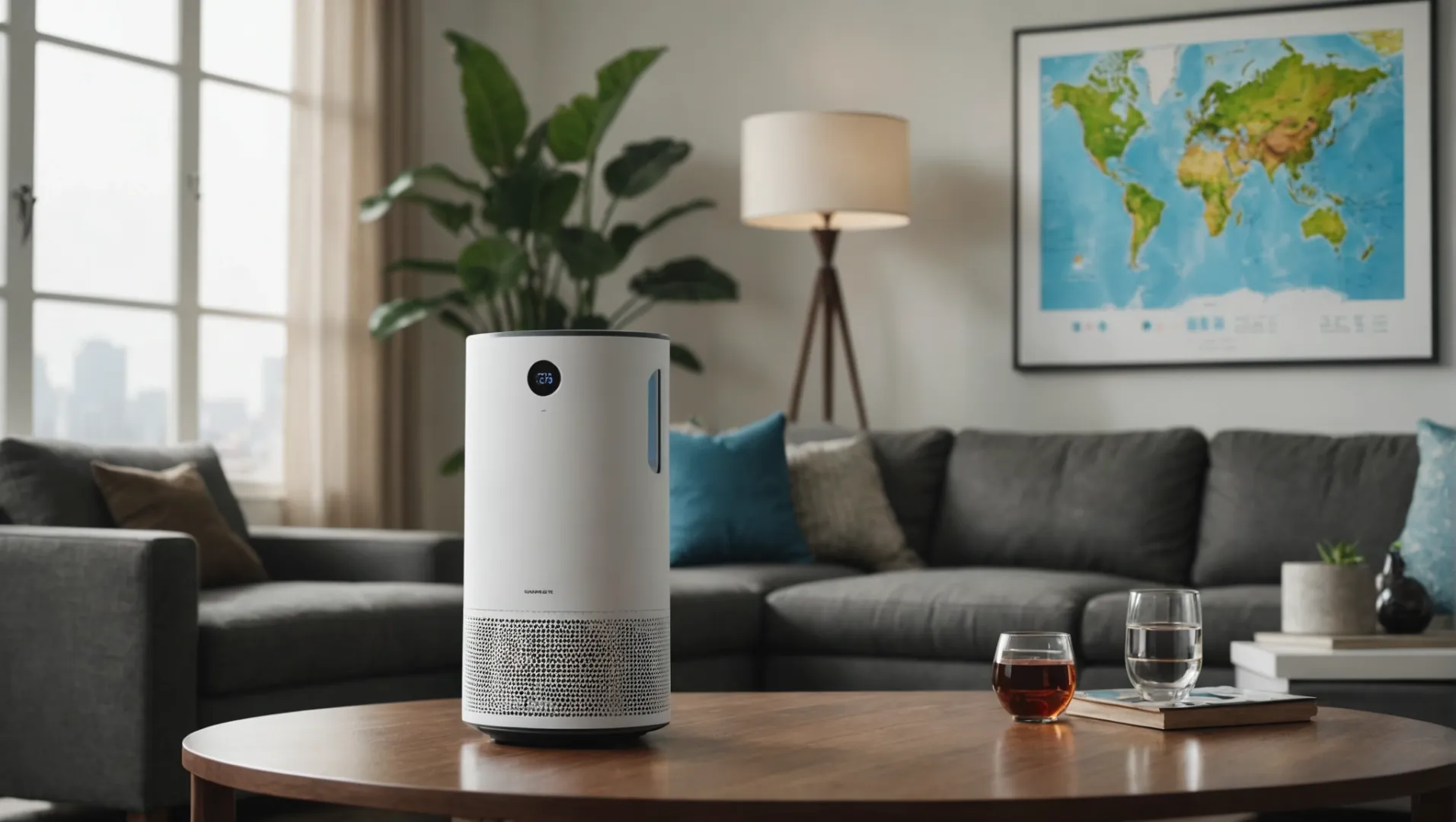
中国の空気清浄機規格を理解する
中国は長い間、空気清浄機製造のリーダーであり、その品質基準はGB/T 18801-2015ガイドラインに根ざしている。この規格は、清浄空気排出率 (CADR)、騒音レベル、エネルギー消費量。ほとんどの中国メーカーは、これらの基準に準拠している。 厳しいガイドライン5 製品が効果的で安全であることを保証するためである。
ベトナムの新たな品質フレームワーク
製造拠点としての地位を確立しようとするベトナムは、空気清浄機の包括的な品質基準の策定に取り組んでいる。現在、ベトナムは空気清浄機に関する独自の国家基準を持っていないが、室内空気品質についてはISO16000のような国際的ベンチマークに従っている。このアプローチは、ベトナムのメーカーが世界的な期待に応える機器を製造するのに役立っているが、現地基準のさらなる開発が期待されている。
品質保証対策の比較
中国は、義務的なラベル表示や定期的なコンプライアンス・チェックを含む試験と認証のシステムを確立しているが、ベトナムは同様のインフラを構築している最中である。下表は、両国の品質保証措置の主な違いを示している:
| アスペクト | 中国 | ベトナム |
|---|---|---|
| ナショナル・スタンダード | GB/T 18801-2015 | ISOなどの国際規格を採用 |
| 試験施設 | 広範な最新設備 | 近代化を中心に発展中 |
| コンプライアンス・モニタリング | 定期的な検査と監査 | 進行中 |
品質基準が業界に与える影響
確立された基準とインフラのレベルの違いは、中国とベトナムで生産される空気清浄機の品質認識に影響を与える。 世界の市場動向6 は、ベトナムが品質の枠組みを強化するにつれて、国際競争力を高める可能性があることを示唆している。しかし、今のところ、中国の確立されたシステムは、多くのグローバル・ブランドが信頼し続ける信頼性を提供している。
消費者への配慮
消費者にとって、これらの基準を理解することは、空気清浄機を選ぶ際に非常に重要である。中国で製造された製品は、確立された規制を遵守しているため、より信頼できると思われがちである。一方、ベトナム製品を検討しているバイヤーは、製品の品質を保証するために、公認の国際機関の認証を探す必要がある。
中国は空気清浄機のGB/T 18801-2015に準拠している。真
中国の空気清浄機はGB/T 18801-2015の品質基準に従っている。
ベトナムには空気清浄機に関する独自の国家規格がある。偽
ベトナムは現在、自国の基準ではなく、ISOのような世界的な基準に従っている。
今後の貿易政策は空気清浄機生産にどのような影響を与えるか?
世界的な貿易ルールの変化に伴い、空気清浄機メーカーは深刻な障害と可能性に遭遇している。これらの影響を把握することは、慎重な計画を立てる上で重要である。
将来の貿易政策は、サプライチェーン、製造コスト、国際的パートナーシップに影響を与えることで、空気清浄機の生産を再編成する可能性がある。こうした変化は、中国からベトナムへの移行など、製造場所のシフトにつながる可能性がある。
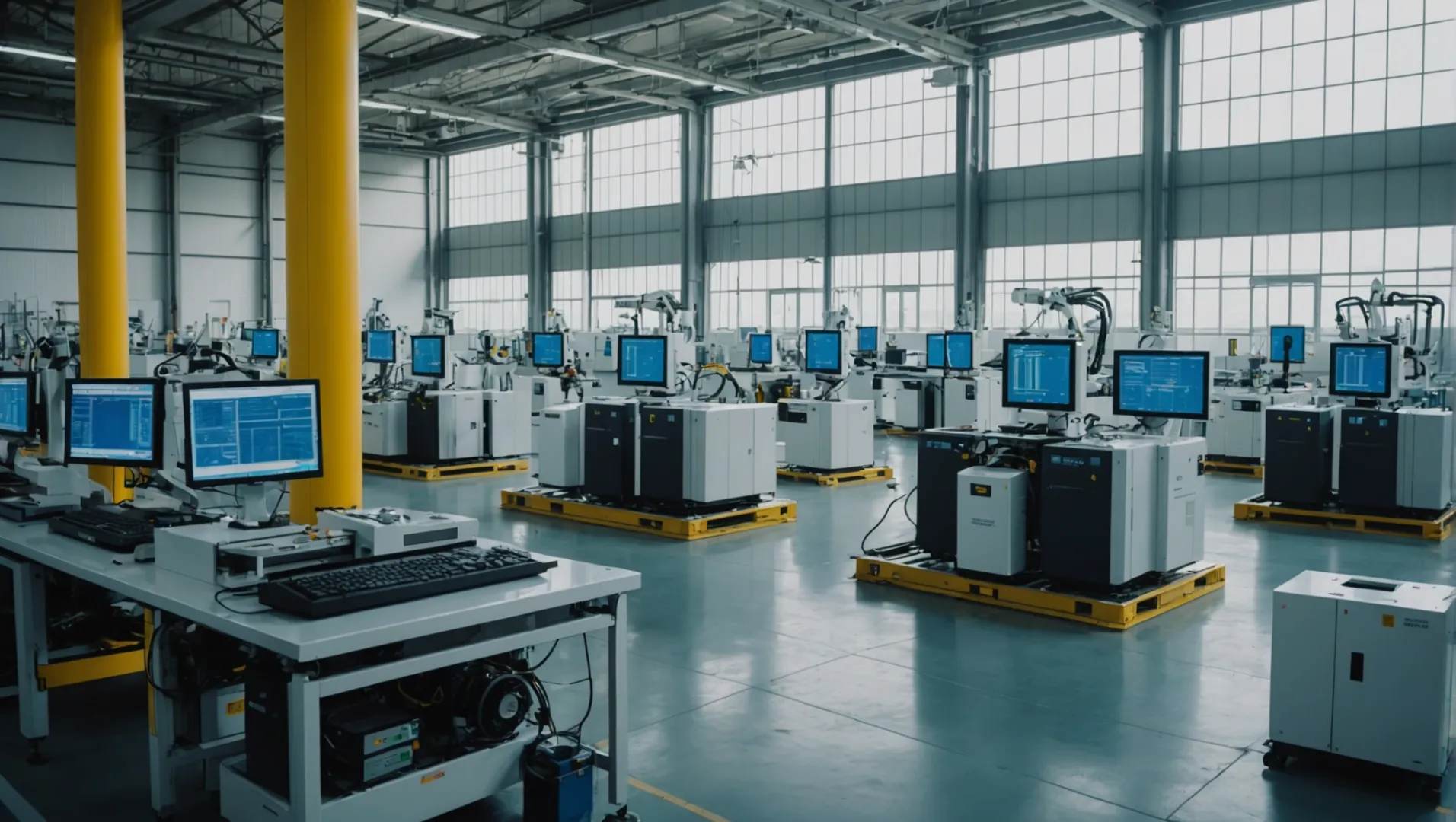
関税と貿易協定の役割
関税や貿易取引のような貿易ルールは、空気清浄機がどこからどのようにやってくるかを決める。例えば、米国はトランプ大統領の時代に中国製品に関税を導入し、多くの企業が中国工場の使用を見直した。これにより、企業はベトナムのような他の場所に目を向けるようになった。
中国+1戦略
中国+1」計画とは、関税や政治問題による問題を避けるために、生産を中国国外に広げることを意味する。中国は強力な供給網を持っているため、空気清浄機の生産では依然としてリードしている。しかし、多くの企業がベトナムの工場に資金を投入し始めている。
ベトナムはまだ空気清浄機の供給網が充実していないとはいえ、将来の貿易ルールはインフラの整備を促し、ベトナムの競争力強化につながるかもしれない。それでも、当初は中国からの材料が必要なため、コストがかかるかもしれない。
コストへの潜在的影響
| ファクター | 中国 | ベトナム |
|---|---|---|
| 関税コスト | 高い潜在的影響力 | 初期インパクトの低下 |
| サプライチェーンの効率化 | 設立 | 開発中 |
| 製造コスト | より低い | 10-15%より高い |
上の表は、中国とベトナムの空気清浄機製造コストの違いを示している。貿易ルールによってこれらの数字が変わる可能性があり、おそらくベトナムのコスト負担は時間とともに下がるだろう。
地政学的考察
世界中の政治が貿易ルールを形成し、それが製造業の選択を変える。現在進行中の米中対立は、さらなるルールの変更をもたらし、世界の供給ラインに影響を与えるかもしれない。ベトナムの立地は、そのような変化に対する企業の盾となり、製造拠点をベトナムに置くよう誘惑するかもしれない。
長期的な業界動向
将来的には、貿易ルールにより、一国への依存を減らすため、現地生産が促進されるかもしれない。その結果、空気清浄機業界では新技術への投資や改良が進み、より強力で多様なグローバル・サプライチェーンが構築されるかもしれない。
まとめると、中国が空気清浄機製造において重要な地位を維持するとしても、今後の貿易規則によって業界の様相は大きく変わるかもしれず、ベトナムが製造のための確かな選択肢となる可能性もある。
中国製品への関税で空気清浄機のコストが上昇。真
関税は、中国の工場に依存している企業の経費を増加させる。
ベトナムのサプライチェーンは中国よりも効率的だ。偽
中国は強力な供給システムを持っているが、ベトナムは成長している。
結論
中国とベトナムのどちらを選ぶかは、将来の計画に対する現在の需要にかかっている。費用、サプライチェーンの準備、市場の方向性を見極め、どちらが自社の目標に合っているかを判断する。
-
サプライチェーンの効率化が製造コストに与える影響を探る..:「この貿易ダイナミックにより、ベトナムの対中貿易赤字は2023年には$500億ドルに拡大し、過去5年間で約50%増加した。 ↩
-
ベトナムの潜在的な長期的コストメリットについて学ぶ..:ベトナムの製造業は、同国の高度成長の震源地となってきた。この部門はベトナムのGDPに20%以上貢献している。 ↩
-
中国の空気清浄機の包括的な供給ネットワークを探る:中国の空気清浄機市場は、2023年に25.4億米ドルと評価され、予測期間中に6.8%の年平均成長率で2029年までに37.8億米ドルに達すると予想されています。 ↩
-
ベトナムの現地生産能力強化戦略..:ベトナムの空気清浄機市場で事業を展開する主要企業には、シャープエレクトロニクス(ベトナム)社、パナソニックベトナム社、... ↩
-
信頼性の高い空気清浄機のための中国の確立された品質ガイドラインを探る:本規格はGB/T 18801-2008「空気清浄機」に代わるものである。本規格とGB/T 18801-2008の主な技術的相違点は以下の通りです。 ↩
-
ベトナムの空気清浄機市場は、フィルタータイプ、価格帯、販売チャネルによって分類される:ベトナムの空気清浄機市場は、フィルタータイプ、価格セグメント、販売チャネルに基づいて分類することができる。フィルタータイプでは、市場は... ↩



